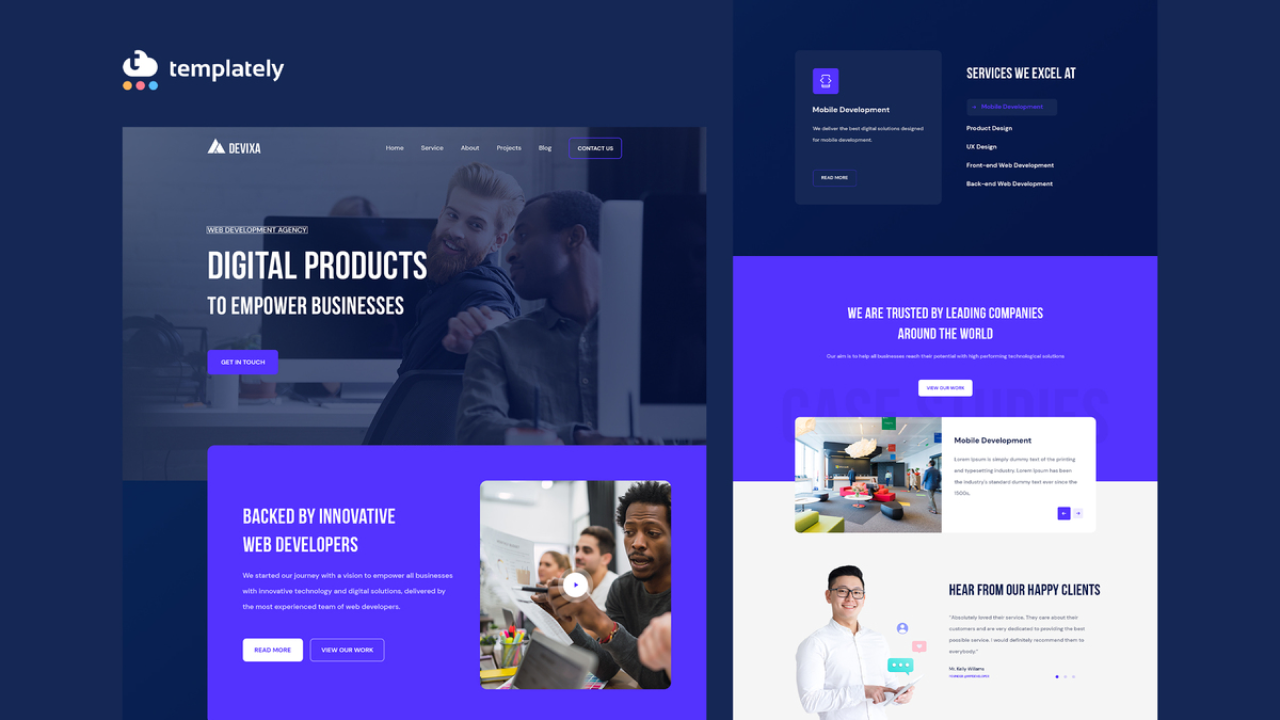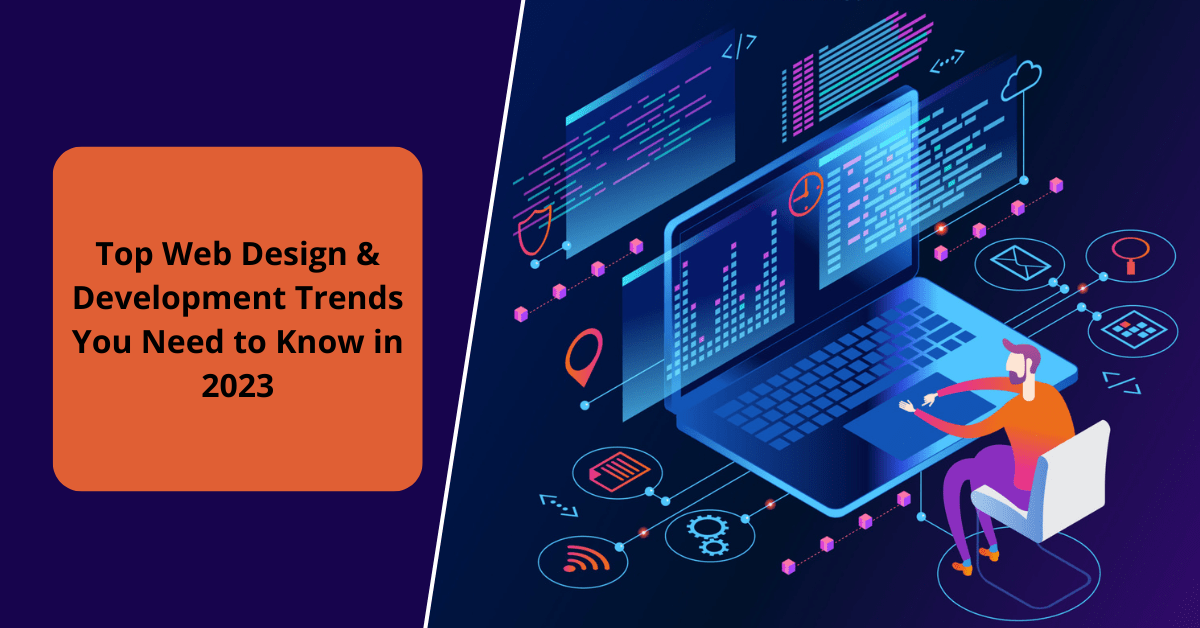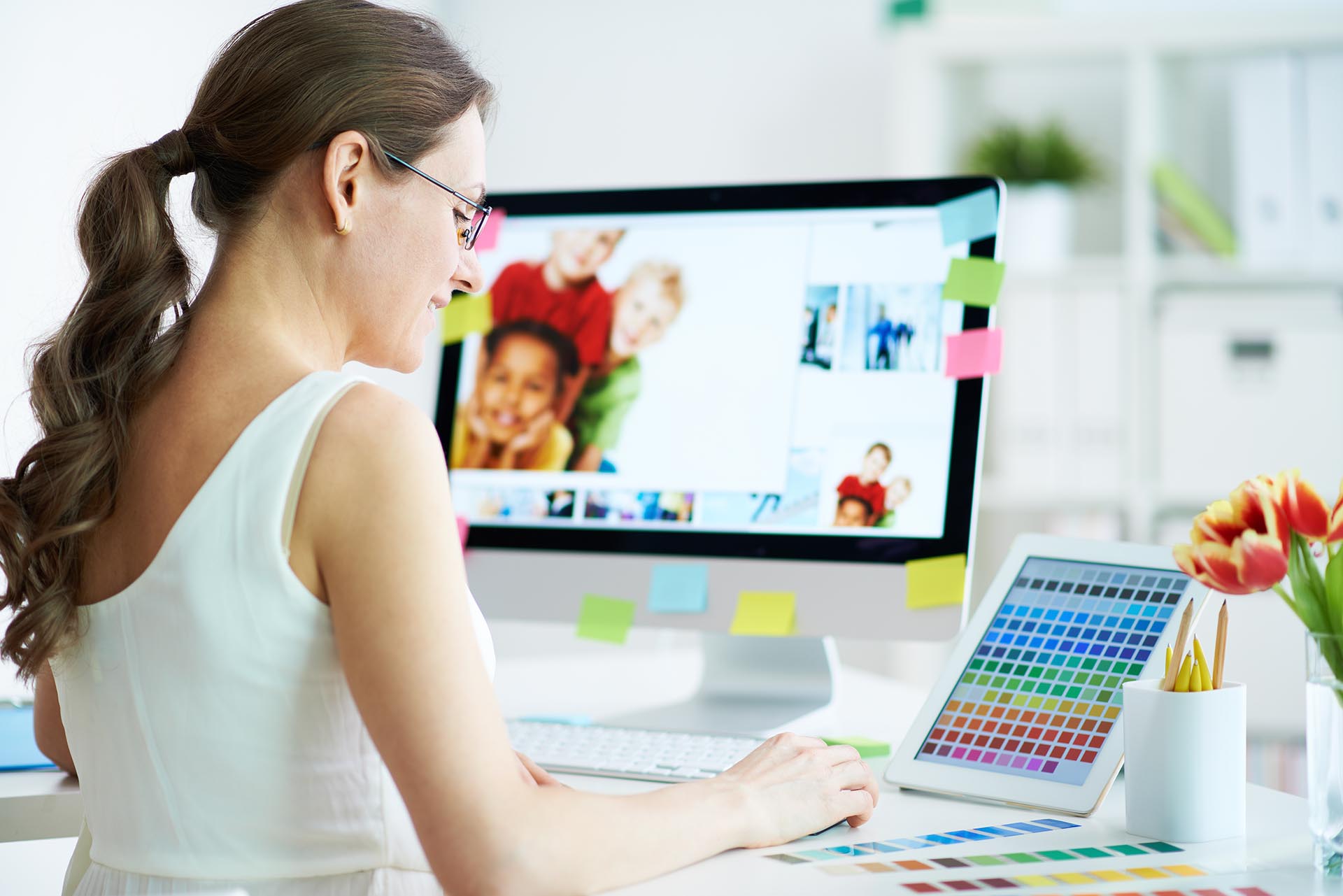The future of web design in creating cutting-edge digital experiences
Checking Out the Various Sorts Of Website Design and Their Special Advantages
The landscape of website design includes a range of designs, each offering distinctive advantages that accommodate different user requirements. Minimal and flat styles emphasize clarity, while responsive and material layouts boost adaptability across gadgets. Typography-driven and illustratory strategies aim to increase engagement and emotional vibration. Understanding these diverse types can substantially influence customer experience and brand understanding. What exists underneath the surface of these design options?
Minimal Web Style

Minimal Web layout frequently incorporates a minimal shade combination and straightforward typography, which not only improves aesthetics but likewise strengthens brand identity. The decreased complexity can cause quicker loading times, better improving user contentment. Additionally, by lessening visual clutter, customers can engage with web content better, resulting in boosted understanding and retention. Generally, minimal website design cultivates a smooth user experience, making it a prominent selection for brands intending to communicate quality and professionalism and trust in their online existence.
Responsive Website Design
Responsive Web design has actually come to be important in today's electronic landscape, ensuring mobile compatibility for individuals across different tools. This method substantially enhances customer experience by supplying seamless navigation and accessibility, no matter of screen dimension. As even more individuals access the Web on tablet computers and smartphones, the value of receptive design proceeds to expand.

Mobile Compatibility Value
As mobile phone usage remains to climb, making sure websites work with various screen dimensions has become crucial for efficient communication and involvement. Mobile compatibility, typically attained via responsive Web design, enables internet sites to adapt flawlessly to smart devices, tablets, and various other gadgets. This adaptability not only reaches a wider audience but likewise improves brand name trustworthiness. A website that functions well on mobile tools reflects expertise and attention to customer demands. In enhancement, online search engine prioritize mobile-friendly sites in their rankings, making compatibility a critical variable for on the internet exposure. By investing in mobile compatibility, services can enhance their digital existence and deal with the expanding variety of users who access information on the go. Consequently, prioritizing mobile-responsive layout is crucial in today's digital landscape.
Improved Customer Experience

Flat Layout
Flat style is a minimal method to Web style that highlights simpleness and clarity. By removing three-dimensional aspects such as shadows, slopes, and textures, flat style develops a visually attractive individual interface that prioritizes web content and performance. This design promotes an user-friendly navigation experience, as users can quickly determine essential functions and activities without disturbance.
Among the primary benefits of flat layout is its responsiveness throughout various devices and display dimensions. Its uncomplicated formats and tidy lines adapt perfectly, making certain a consistent experience for users on mobile, tablet, or desktop systems. Furthermore, level design commonly integrates strong shades and typography, boosting aesthetic influence and brand name acknowledgment.
The simplicity fundamental in flat layout leads to much faster packing times, which contributes positively to user complete satisfaction. Generally, flat layout continues to be a prominent option for modern-day Web development, lining up with contemporary visual preferences while delivering excellent use
Material Design
Product Layout stands for a style language developed by Google that concentrates on developing a cohesive and user-friendly customer experience across electronic systems. This approach stresses the usage of grid-based layouts, responsive computer animations, and depth impacts such as illumination and shadows, which help to create a feeling of hierarchy and spatial connections. By mimicking the real world, Material Layout allows users to communicate with digital interfaces in an extra engaging and all-natural fashion.
Among the crucial advantages of Product Design is its flexibility across various tools and display sizes, making sure a consistent experience for individuals. In addition, it promotes a clear visual language that improves use, making it less complicated for users to navigate complex applications. The incorporation of vibrant shades and strong typography likewise plays a necessary role in accentuating crucial elements, therefore enhancing overall user interaction - branding. Subsequently, Product Style has become a preferred selection amongst programmers seeking to develop practical and aesthetically enticing websites
Typography-Driven Layout
Typography-Driven Style concentrates on the tactical use of type to boost the visual and functional aspects of an internet site. This design approach focuses on fonts, font sizes, spacing, and pecking order to create visual rate of interest and guide customer experience. By meticulously selecting typography, designers can convey brand name identity and stimulate emotions, making the web content much more appealing and obtainable.
Effective typography improves readability and functionality, making sure that users can quickly take in and navigate the site information. The right mix of type can additionally establish a clear aesthetic pecking order, enabling individuals to swiftly identify vital messages and calls to action.
Furthermore, a typography-driven approach can be adapted to numerous devices, ensuring uniformity across platforms. This versatility is crucial in today's multi-device landscape, where individual experience is critical. Eventually, Typography-Driven Design serves not just as a creative option yet likewise as a useful element that considerably impacts a web site's effectiveness.
Illustratory Web Design
Illustratory Web style utilizes visual narration methods that can greatly improve customer engagement. By integrating special illustrations, sites can produce a remarkable brand identification that reverberates with their audience. This strategy not just mesmerizes visitors but additionally communicates messages in a visually engaging fashion.
Aesthetic Narration Strategies
A wide variety of Web developers utilize aesthetic narration methods to develop immersive and engaging individual experiences. This strategy combines typography, layout, and imagery to narrate a story that resonates with individuals on a psychological degree. By incorporating engaging visuals, designers can efficiently convey messages and evoke feelings, guiding visitors through a brand's trip. Infographics, computer animations, and interactive elements serve to enhance narratives, making intricate information a lot more available and remarkable. Additionally, aesthetic narration can establish a natural brand name identity, as regular images and themes enhance core values and messages. Inevitably, this technique not just astounds individuals yet additionally fosters a much deeper link with the content, encouraging expedition and retention. Via skilled application, aesthetic storytelling transforms common Web experiences right into dynamic and purposeful communications.
Enhancing Individual Engagement
Efficient Web great post to read style substantially enhances user interaction by leveraging illustratory aspects that draw focus and foster communication. Pictures can streamline intricate ideas, making them a lot more friendly and unforgettable for individuals. They damage the dullness of text-heavy pages, creating aesthetic breaks her response that welcome exploration. Additionally, distinct images can evoke feelings, urging individuals to connect with the content on a much deeper level. Interactive aspects, such as computer animations or hover effects, can also improve engagement by welcoming individuals to get involved proactively instead of passively eating information. This strategy not only keeps site visitors on the website much longer but also raises the likelihood of return visits. Inevitably, effective illustrative website design transforms the user experience, making it much more satisfying and impactful.
Branding With Picture
Visual aspects play a considerable function fit a brand's identification, and images are an effective device hereof. Illustrative website design allows brands to convey their special personality and values through custom-made art work. This strategy cultivates a much deeper emotional connection with the audience, improving memorability and interaction. By incorporating illustrations, brand names can distinguish themselves in a congested industry, producing a distinctive visual narrative that resonates with their target demographic. Furthermore, images can simplify complicated concepts and make material much more available, effectively connecting messages in an appealing manner. On the whole, branding with illustration not only enriches the user experience yet also enhances brand acknowledgment, making it an important technique for services aiming to develop a strong online visibility.
Regularly Asked Concerns
How Do I Select the Right Website Design Kind for My Organization?
To select the appropriate Web style type for a business, one must analyze objectives, target audience, and sector requirements. Examining customer experience and capability will certainly assist the option procedure for ideal engagement and effectiveness.
What Devices Are Ideal for Creating Different Web Design Styles?
Popular devices for developing diverse Web style styles consist of Adobe XD, Figma, Sketch, and WordPress. Each deals one-of-a-kind functions tailored to different design demands, allowing designers to build aesthetically enticing and practical web sites efficiently.
Just How Much Does Expert Web Layout Typically Cost?
Specialist Web layout normally sets you back between $2,000 and $10,000, relying on complexity, features, and developer proficiency. Personalized options and ongoing upkeep might boost expenses, while templates can use even more affordable options for less complex tasks.
Can I Combine Multiple Web Style Keys In Successfully?
Yes, incorporating several Web design types can be reliable. By integrating components from numerous designs, developers can produce distinct, interesting customer experiences that cater to diverse target markets while enhancing performance and visual charm.
Exactly How Do Design Patterns Influence Individual Experience and Involvement?
Design trends substantially affect user experience and engagement by boosting aesthetic allure, boosting navigating, and cultivating psychological connections - website development. Remaining updated with trends enables designers to create user-friendly user interfaces that reverberate with customers and motivate prolonged interactions
Minimal and level styles stress quality, while responsive and worldly designs boost flexibility across devices. It might seem counterintuitive, minimalist Web style emphasizes simplicity to improve customer experience. Responsive Web layout plays a crucial role in enhancing customer experience by making sure that a website adapts seamlessly to different display dimensions and devices. Flat my sources style is a minimal technique to Web layout that highlights simplicity and clarity. Material Layout represents a style language created by Google that focuses on developing a intuitive and natural individual experience across digital systems.